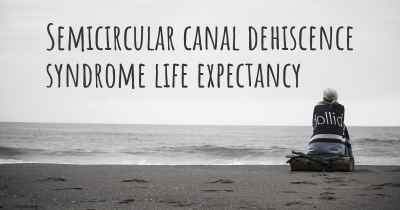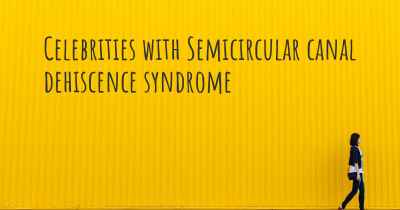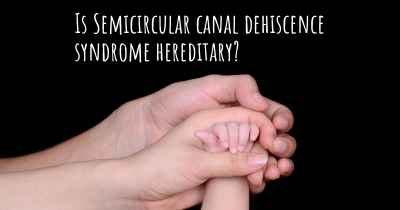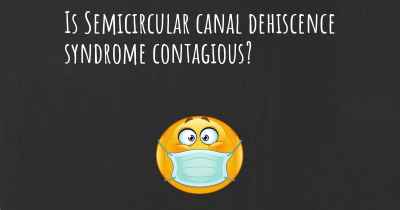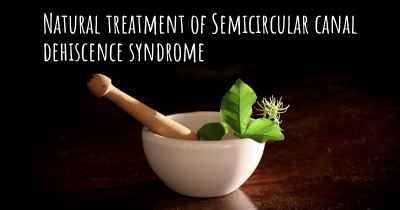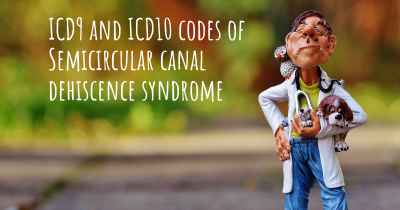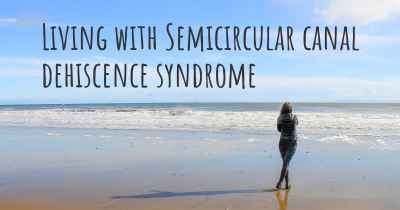What is the history of Semicircular canal dehiscence syndrome?
When was Semicircular canal dehiscence syndrome discovered? What is the story of this discovery? Was it coincidence or not?
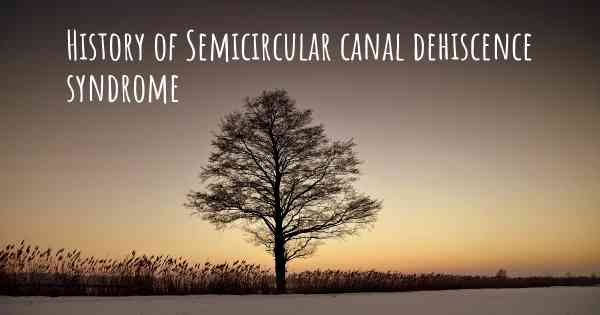
Semicircular canal dehiscence syndrome (SCDS) is a medical condition that affects the inner ear and can lead to a variety of symptoms including hearing and balance problems. The syndrome was first described by Dr. Lloyd B. Minor and colleagues in 1998, although the condition itself had likely been present for many years before its formal recognition.
The inner ear is a complex structure responsible for both hearing and balance. It consists of several components, including the cochlea, which is responsible for hearing, and the vestibular system, which is responsible for balance. The vestibular system includes three semicircular canals, which are fluid-filled structures that detect rotational movements of the head.
In SCDS, one or more of the semicircular canals develop a hole or thinning in the bone that covers them, known as the dehiscence. This can lead to abnormal communication between the inner ear and the brain, resulting in a range of symptoms.
The exact cause of SCDS is not fully understood, but it is believed to be a combination of genetic and environmental factors. Some individuals may be born with a thinner bone covering the semicircular canals, making them more susceptible to developing the condition. Other factors, such as head trauma or chronic ear infections, may also contribute to the development of SCDS.
The symptoms of SCDS can vary from person to person, but commonly include hearing loss, dizziness, vertigo (a spinning sensation), and a sensation of fullness or pressure in the affected ear. Some individuals may also experience sensitivity to loud sounds, known as hyperacusis, or autophony, which is the perception of hearing one's own voice or bodily sounds more loudly than normal.
Diagnosing SCDS can be challenging as the symptoms can overlap with other conditions. A thorough medical history, physical examination, and specialized tests are typically used to make a diagnosis. One such test is a vestibular evoked myogenic potential (VEMP) test, which measures the response of the inner ear muscles to sound stimulation.
Treatment options for SCDS depend on the severity of symptoms and their impact on an individual's quality of life. In some cases, conservative management may be recommended, which includes avoiding triggers that worsen symptoms, such as loud noises or changes in head position. For individuals with more severe symptoms, surgical intervention may be necessary.
Surgical treatment for SCDS involves repairing the dehiscence in the affected semicircular canal. This can be done through various approaches, including a middle fossa craniotomy or a transmastoid approach. The goal of surgery is to restore the normal function of the inner ear and alleviate symptoms.
Since its initial description, SCDS has gained recognition as a distinct clinical entity. Research into the condition has expanded our understanding of its underlying mechanisms and improved diagnostic techniques. Advances in surgical techniques have also led to better outcomes for individuals undergoing treatment.
In conclusion, Semicircular canal dehiscence syndrome is a condition that affects the inner ear and can cause a range of symptoms including hearing loss, dizziness, and vertigo. It was first described in 1998 and is believed to be caused by a combination of genetic and environmental factors. Diagnosis can be challenging, but specialized tests can help confirm the condition. Treatment options include conservative management and surgical intervention, depending on the severity of symptoms. Ongoing research continues to improve our understanding and management of this condition.
